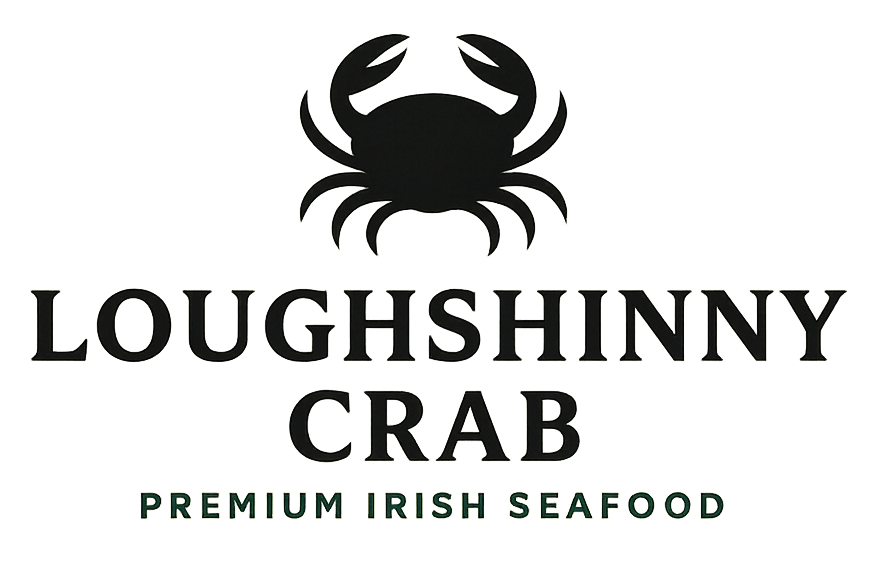Ireland, an island nation surrounded by the rich, cold waters of the Atlantic, boasts a culinary landscape deeply intertwined with its maritime heritage. Seafood plays a central role, and amongst its prized catches, fresh crab meat stands out as a delicacy. This comprehensive guide explores the world of Irish crab meat, covering sourcing, preparation, and the unique culinary experiences it offers.
Understanding Irish Crab Varieties and Their Availability
Several crab species thrive in Irish waters, each contributing its unique flavor and texture to the culinary scene. Brown crab, with its sweet and delicate flesh, is arguably the most popular. This species is readily available throughout the year, though peak seasonality often dictates price and abundance. Other varieties, like spider crab and velvet crab, are less common but equally prized by discerning seafood enthusiasts for their particular qualities. Understanding these variations enhances your appreciation and allows for more informed purchasing decisions.
Seasonal Availability and Sourcing Fresh Crab
The best time to find truly fresh crab meat is during the peak seasons, which vary slightly depending on the species. Generally, the months from spring to autumn yield the most plentiful and flavorful crab. Sourcing directly from local fishermen or reputable fishmongers is crucial for guaranteeing quality and freshness. Look for crabs that are lively and have bright, clear eyes – indicators of peak condition. Asking questions about their sourcing practices will provide peace of mind.
Farmers’ markets and smaller, independent seafood shops often provide a more personalized shopping experience and access to locally-caught crab. Many larger supermarkets also stock crab meat, but their sourcing practices might be less transparent and the quality can sometimes be less consistent. Prioritizing local suppliers not only supports the Irish fishing industry but ensures you receive the freshest possible product.
Preparing and Cooking Fresh Crab Meat: Techniques and Recipes
The delicate nature of fresh crab meat demands careful handling. Once purchased, it’s best consumed as soon as possible to maximize flavor and texture. If not immediately prepared, store it in the refrigerator, ideally on ice, to maintain freshness. Gentle handling is key to avoid damaging the delicate meat.
Simple Preparations to Highlight the Natural Flavor
Fresh crab meat’s natural sweetness needs little embellishment. A simple preparation often highlights its quality best. Consider a light salad with lemon juice, herbs, and a drizzle of olive oil. Steaming or gently sautéing the meat with garlic and butter is another delightful approach. Always remember to taste and adjust seasonings to balance the delicate sweetness of the crab.
More Adventurous Culinary Explorations
Beyond the simple preparations, fresh crab meat lends itself to numerous culinary adventures. It can be incorporated into pasta dishes, enriching creamy sauces or providing a delightful textural contrast. Crab cakes, a popular choice, showcase the meat’s versatility. Alternatively, crab can be a key component in a sophisticated seafood paella or a rich bisque.
Irish cuisine frequently incorporates fresh crab into classic dishes, adding a layer of complexity and depth of flavor. Look for recipes that pair crab with other local ingredients like potatoes, leeks, or seaweed to discover unique and truly Irish culinary creations. Experimentation is encouraged!
Beyond the Plate: The Sustainability of Irish Crab Fishing
Enjoying fresh Irish crab meat responsibly requires understanding the sustainability practices employed within the fishing industry. Supporting sustainable fisheries is not only environmentally responsible but also guarantees the long-term availability of this delicious seafood. Look for certifications and labels that signify responsible fishing practices. These certifications assure consumers that the crab was caught in a way that protects the marine ecosystem.
Choosing Sustainable Seafood: A Conscious Consumer’s Guide
By making informed choices, consumers can contribute directly to the sustainable management of Irish crab fisheries. Ask your fishmonger about their sourcing methods and look for information about traceability. Organizations like the Marine Stewardship Council (MSC) provide independent certifications that guarantee sustainability. Choosing MSC-certified crab ensures that you’re contributing to a healthy marine environment for future generations.
The Economic Impact of the Irish Crab Industry
The Irish crab fishing industry plays a vital role in the nation’s economy, providing employment and supporting coastal communities. Buying locally-sourced crab directly supports these communities and contributes to the overall health of the economy. The demand for fresh, high-quality crab supports local businesses and helps maintain traditional fishing methods. Choosing local supports the livelihoods of those who dedicate themselves to this industry.
Conclusion: A Culinary Journey Through Ireland’s Crab Bounty
The experience of enjoying fresh crab meat in Ireland is far more than simply consuming a delectable seafood dish; it’s a journey into the heart of Irish culinary heritage and the vibrant maritime life that shapes the island’s culture. From understanding the varied species and seasonal availability to mastering simple preparations and embracing sustainable practices, this guide helps you appreciate and savor this unique delicacy responsibly. Embrace the opportunity to explore the exceptional quality and flavor of Irish crab meat—a true testament to the richness of Ireland’s coastal bounty.
“For occasions in Ireland, many customers pair our crab with local flower delivery services or relax in Irish garden log cabins.”
“`
